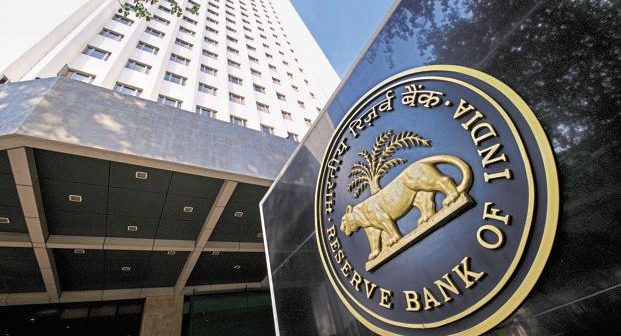(HT)
Banks have started lowering deposit rates after sitting on the fence for months, waiting for the liquidity to be in surplus and credit growth to ebb.
With both conditions now met, banks have taken the cue from the Reserve Bank of India’s (RBI) repo rate cut of 25 basis points (bps) last week. While the liquidity surplus stood at ₹2.08 lakh crore on 10 April, non-food credit growth slowed to 10.9% year-on-year (y-o-y) as of March end, almost half of what it was a year earlier.
State Bank of India has reduced its lending rate by 25 basis points following the Reserve Bank’s policy rate cut, making loans cheaper for both existing and new borrowers.
With the latest round of reduction, the Repo Linked Lending Rate (RLLR) of SBI would come down by 25 basis points to 8.25%.
SBI, Bank of India and Kotak Mahindra Bank have also slashed interest rates on fixed deposits following the repo rate cut.
India’s largest lender SBI cut term deposit rates by 10 basis points (bps), while Bank of India has reduced rates by up to 25 bps. Some popular schemes such as SBI’s Amrit Kalash and Bank of India’s 400-Day Special Plan have been withdrawn. Kotak Mahindra Bank has cut deposit rates by up to 15 bps on select tenures.
Meanwhile, HDFC Bank also reduced its savings deposit rate by 25 bps to 2.75%. This is among the lowest in the industry and brings the private lender close to SBI’s 2.7%.
“We had the first policy rate cut in February, so it will take, maybe, another 3-4 weeks for the cuts to fully play out. Banks would also like to do it one step at a time, not the entire cut together, because they also need to factor in saver behaviour and flow of deposits, so the adjustment will happen slowly,” said a banker with a private sector bank. “[Of] the entire 50 bps rate cut that has happened so far, a large part of the balance sheet will be pre-pricing it on the asset side, so eventually it has to be passed on to the liability side as well,”
RBI’s repo rate cut of 25 bps in February 2025 did not translate into a wider cut in fixed deposit rates because of higher market borrowing costs.





